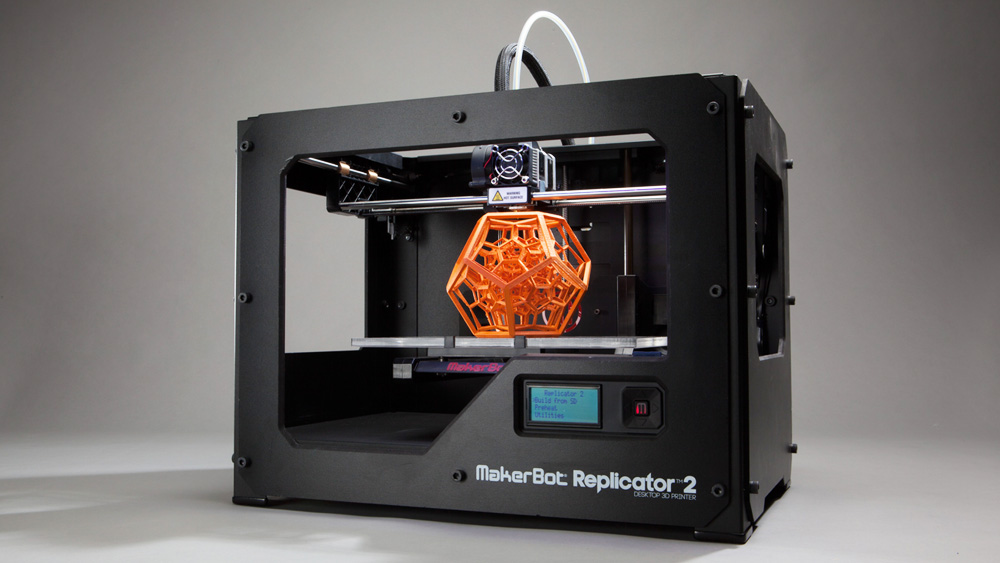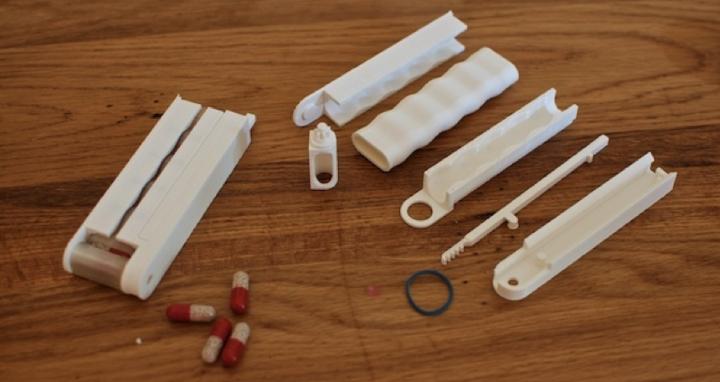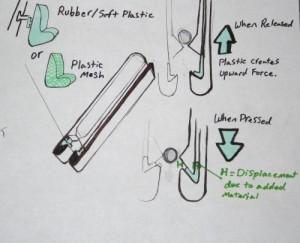3D Printing Benefiting Cystic Fibrosis Drug Delivery
Written by |


Cystic Fibrosis (CF), one of the most common genetic diseases among Caucasian children, is classified as an orphan disease, estimated to affect roughly 70,000 individuals worldwide, 30,000 of which live in the United States. While there are several subsidies that cater to research and development initiatives on treatments for rare diseases, creating and launching medical devices can be a challenge in today’s healthcare market. Thanks to open-source collaborations and additive manufacturing techniques, promising products indicated for a relatively small target market can bypass the usual process for commercialization.
A group of researchers from the University of Sheffield, Sheffield Hallam University and the Northern General Hospital in the United Kingdom recently included the CF community in the design of a unique pill dispenser for a digestive enzyme formulation called Creon (pancrelipase), which is distributed by AbbVie. Creon is available in capsule form, and is recommended to be taken with meals so it can mix with food before nutrient absorption in the small intestine takes place.
[adrotate group=”1″]

While these capsules currently come in their own hockey puck-like container, many are inconvenienced by its size and tendency to rattle when carried around in public. Some take to transferring the capsules in smaller containers, but this does not help in dose tracking, as some patients are prescribed more than 12 capsules a day.
The lead designer on this project is Matt Dexter, who teamed up with the UK researchers and presented their creation at the 37th European Cystic Fibrosis Conference in Gothenburg, Sweden last June.
The most helpful method the team used to bring their ideas to life is 3D printing by MakerBot, which helped them build Pez-like prototypes for online evaluation by the CF community.
In the near future, the creators plan to integrate an electronic dose counter to help in monitoring treatment compliance. Those interested to participate in this open-source project can download the files from Thingiverse.






